The Article
6000A integrated amplifier From Audiolab
21st September 2018
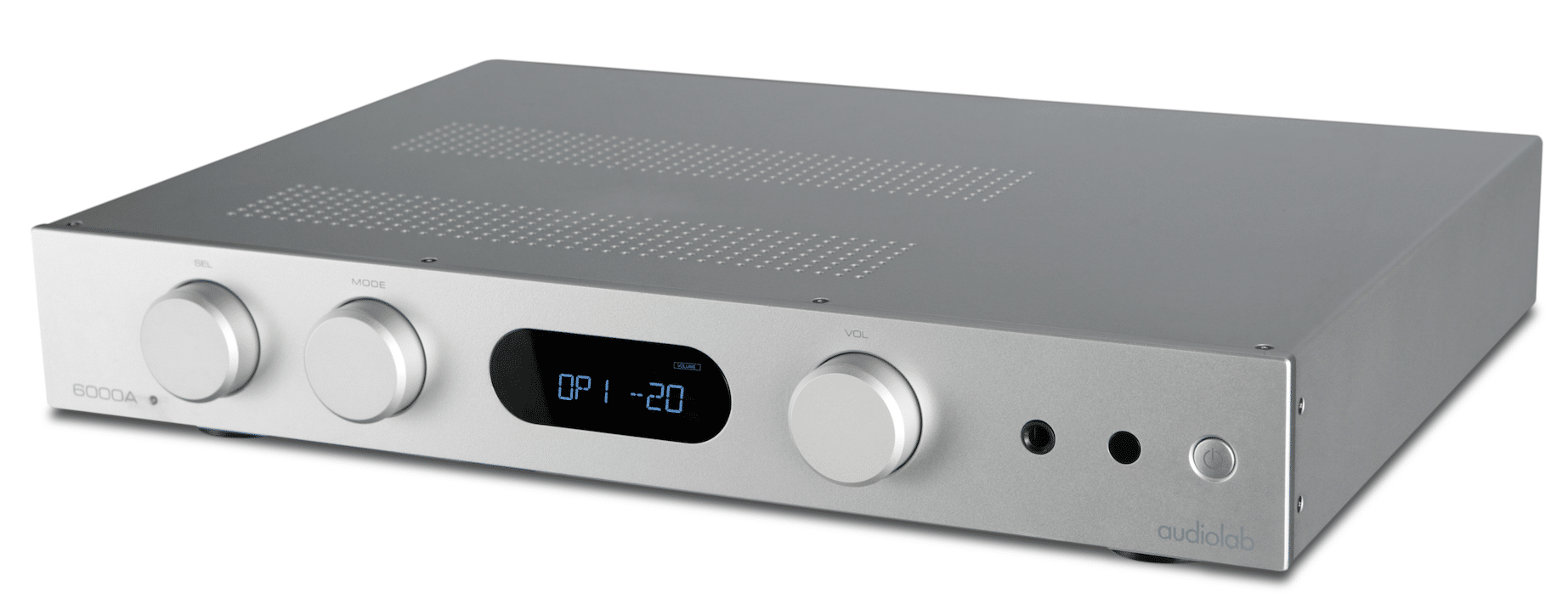
The new 6000A amp includes a DAC, Bluetooth, phono amp and headphone amps plus more
An ES9018 Sabre32 Reference chip is included, utilising ESS Technology’s 32bit HyperStream architecture and Time Domain Jitter Eliminator. The amp’s four S/PDIF digital inputs – two coaxial and two optical – handle hi-res PCM data up to 24bit/192kHz with digital filters: Fast Roll-Off, Slow Roll-Off and Minimum Phase. Bluetooth connectivity is also included.
The 6000A’s discrete Class AB power amp stage delivers 50W per channel into 8 Ohms, with a maximum current delivery of 9 Amps into difficult loads. The output stage of the discrete power amp circuits uses a CFB (Complementary Feedback) topology. A 200VA toroidal transformer, followed by 4x15000uF reservoir capacity (60000uF in total) is featured.
Much effort has gone into the physical layout of the 6000A’s circuitry, protecting the sensitive preamp section from noise interference.
Audiolab has included a phono stage for moving magnet phono cartridges – a JFET-based circuit. A dedicated headphone amp with current-feedback circuitry is also included.
The 6000A’s offers three distinct operational modes. The primary mode is Integrated – this combines the pre and power amp stages, for the connection of digital and analogue sources to the amp’s inputs and a pair of speakers to its binding posts.
Pre-Power Mode disconnects the pre and power amp stages. This allows the 6000A to be used solely as a power amp – for example, connected to an AV processor in a home cinema system. It also enables additional signal processing to be added, by connecting the 6000A’s preamp out socket to an external processor, then returning the processor’s output to the amp’s power amp in socket.
Finally, Pre Mode disables the power amp stage, turning the 6000A into a standalone preamp. This enables external power amplification to be added, thus providing a possible upgrade path. It is available from October in silver or black at £599.
For more information, click www.audiolab.co.uk
[Don’t forget to check out my Facebook Group, The Audiophile Man: Hi-Fi & Music here: www.facebook.com/groups/theaudiophileman for exclusive postings, exclusive editorial and more!]

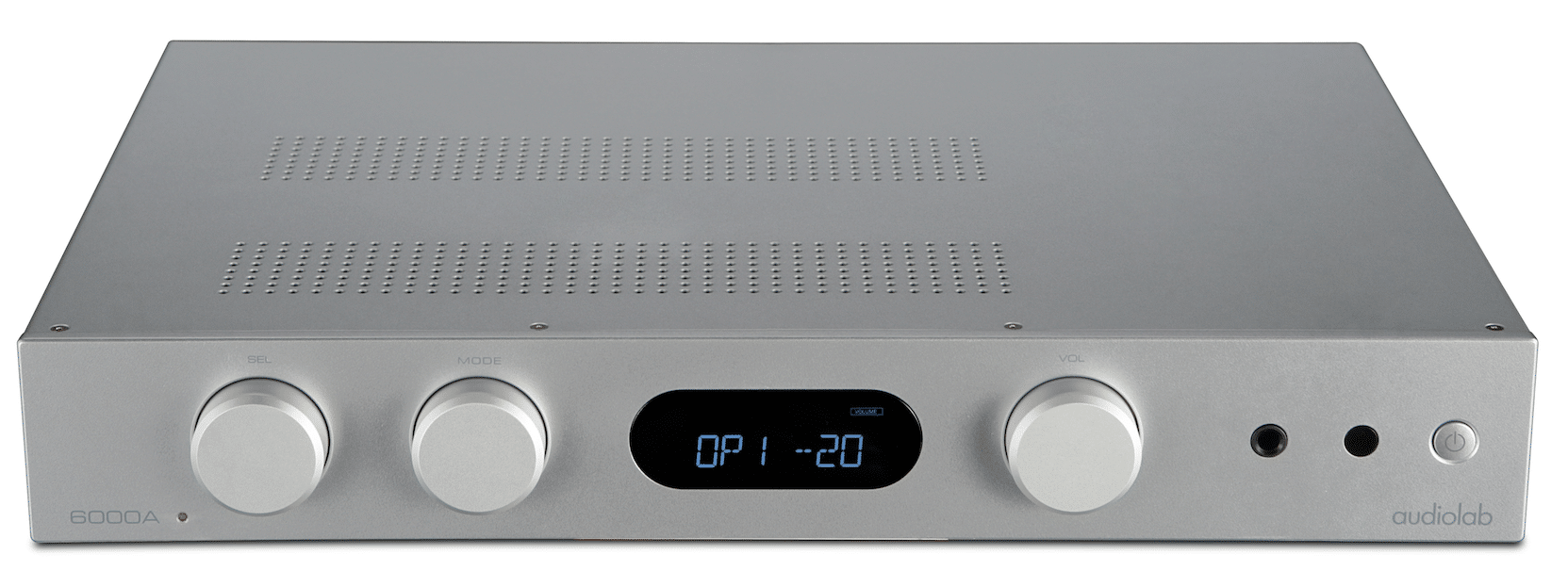
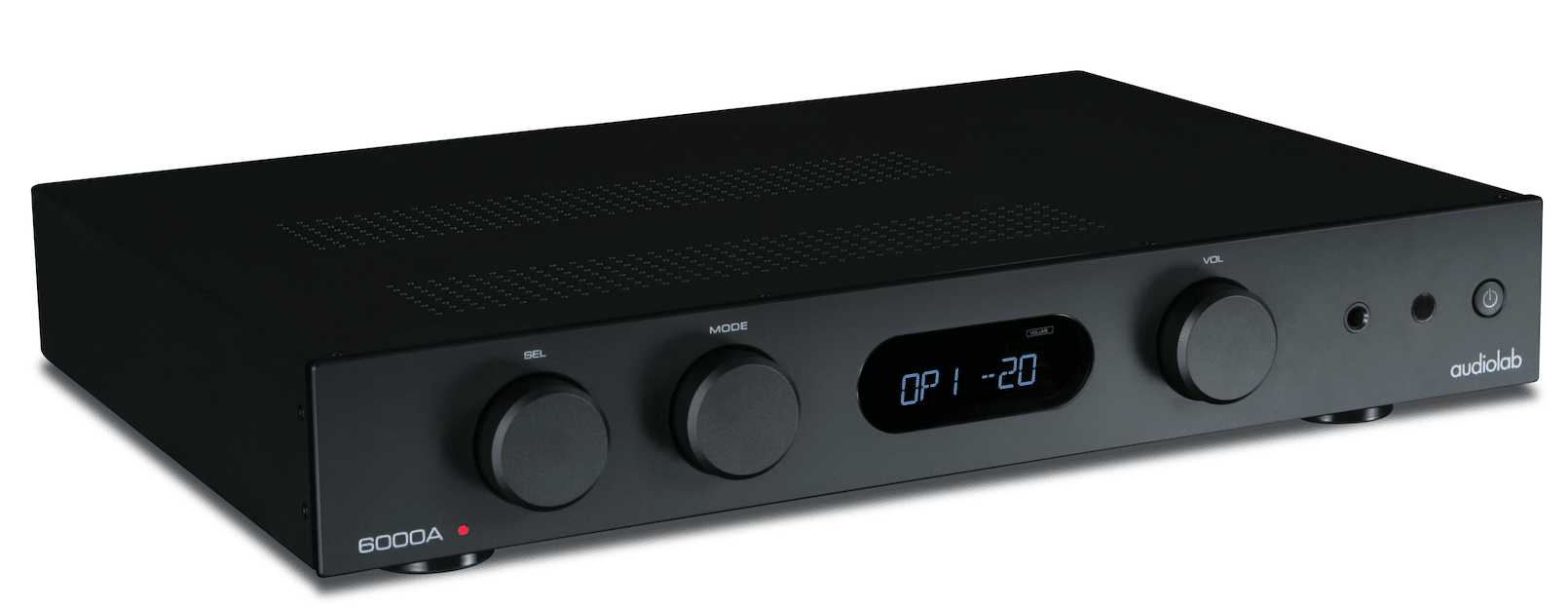

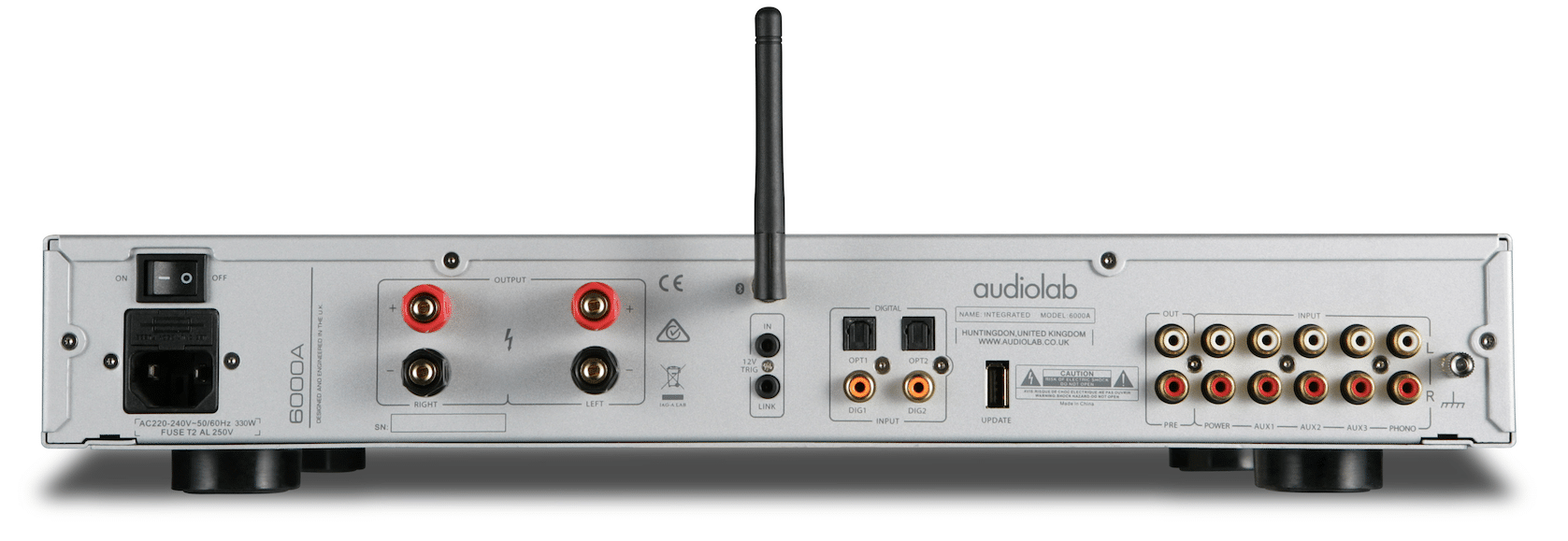
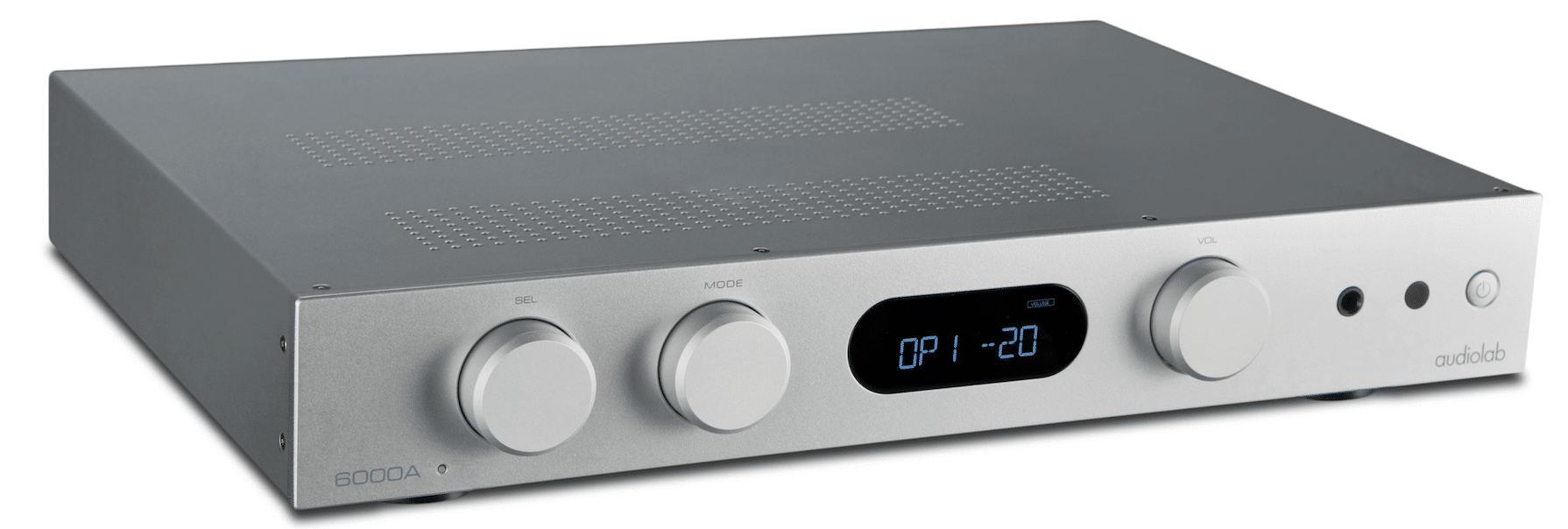
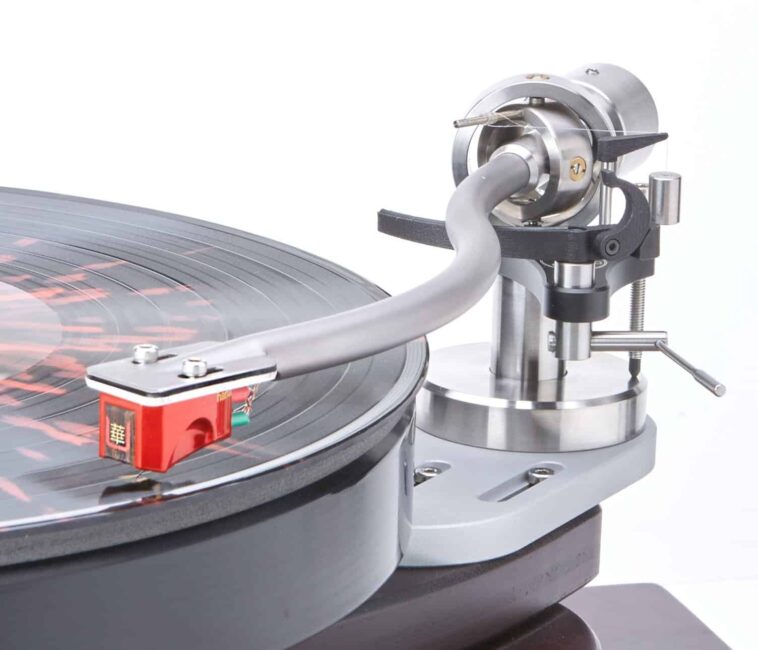
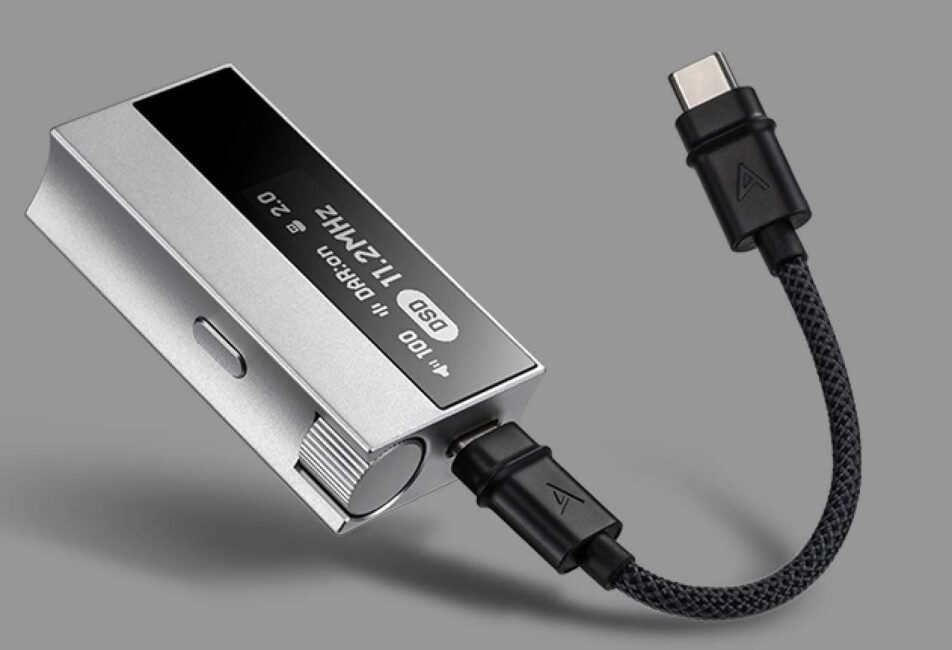
Hi Paul, what do you think about pairing this with low sensitivity speaker Kef Q350? Will 6000a deliver enough power. My room is about 30m2..
Thank you!
Hi ≈Ωeljko – Yep, they should be fine.
Thanks Paul! Best regards!!
Prices here in China allow me also to match a 6000A with Q350s. The room is 52 cm3 , open on one side and about 40% glass on the others. Would be glad to have advice re possible [preferably budget] options for a subwoofer [strictly music]. Is it even a good idea?
Weeellll, I must say that I dislike subs, Eric. Which is probably not what you wanted to hear 🙂 They’re great for TV work but hi-fi? I find that they always sound detached and never quite integrate themselves into the soundstage. A speaker is designed to work as a whole, as a unit. It’s designed to produce music in a co-ordinated fashion. When you introduce a secondary part to that ‘whole’, all kinds of issues crop up. I would spend time selecting the correct speaker to do the job in the first place. Then you won’t need a sub.
Hi Paul,
I have the option of buying an Arcam FMJ A39 or the Audiolab 6000A, both at the same price. What would you recommend me? Digital inputs could make a difference but are not critical for me. Many thanks
I’m due to review the 6000A in a week or two, Gustavo – if you can wait, the final review might help you in making a decision. I can provide added comments if you wish, after that.
Thanks Paul, I looking forward to read your review 🙂
Hi Paul,
Last week I bought the Audiolab 6000A. I previously had the Cambridge Audio CXA. Though I was very happy with it, I found out that the 6000A made me even more happy. Happy is good!
But the speakers I have, Totem Acoustic Staff’s, made me less happy. There is an, even sometimes sustainable, boom with some songs I play and it also sometimes sounds as if there is a blanket covering the speakers. Since speakers are not horses, this is not good!
I know the Staff’s are in a different price level but I’m now thinking of replacing the Staff’s and go for Dali Oberon 5’s or Q Acoustic 3050i’s. Is it possible that, even though the Staff’s are more expensive, the Dali’s and Q Acoustics sound better than the Staff’s?
Hi Bart – yes, it’s definitely possible. I’ve yet to review them so I cannot say either way, I’m afraid. I have heard one or two issues with the Totems, though, so I know where you’re coming from on this point. Both of your alternatives are fine designs. I’d recommend a demo of both.
Hi Paul, thanks for the fast reaction! I will listen to your recommendation and the demo’s! Thanks again!!
No probs, Bart. Glad I could be of help.